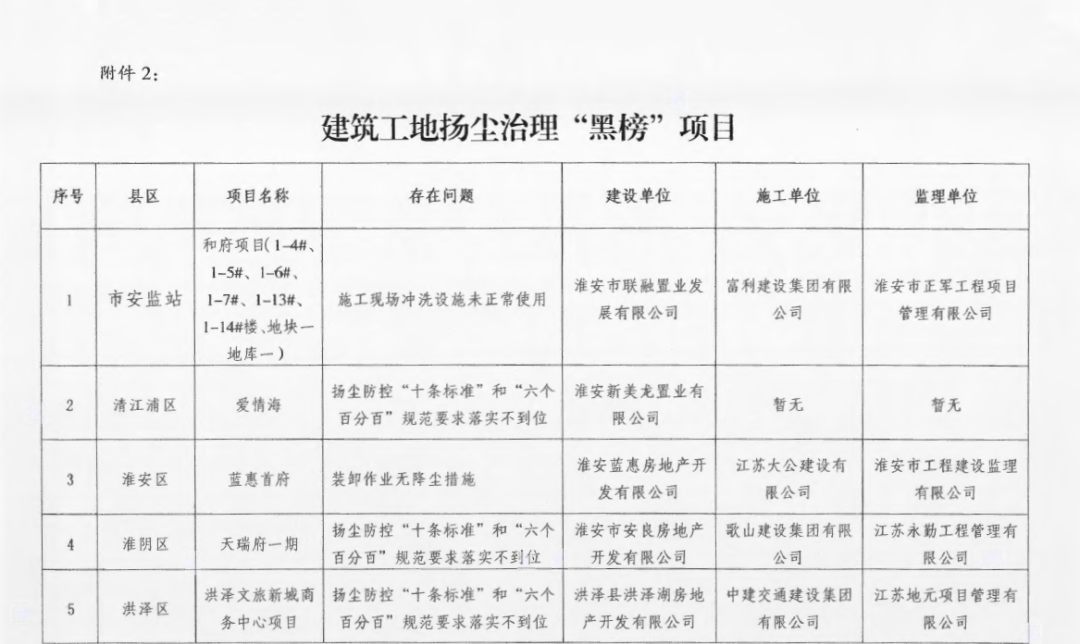The famous writer Feng Jicai once said: “What historical buildings retain is a kind of historical space.
The main auxiliary building has appropriate dimensions, which is magnificent and economical.
At the same time, it is an indispensable part of a city’s historical memory and reflects the history and inheritance of a city.
Compared with modern office buildings, the window wall ratio is moderate, which can not only meet the lighting requirements, but also achieve the thermal insulation effect.
Author: Wen Linfeng Wenli Photography: Wenli editor: Zhang Yi planning: Liu Shan welcome to contribute / subscribe to magazines / cooperation promotion subscription hotline: 010-58933728 cooperation hotline: 010-58934865 13001291530 contribution hotline: urban and rural construction 010-58933705 fifty-eight million nine hundred and thirty-four thousand five hundred and six cxjs1956@126.com Architecture 010-58934867 fifty-eight million nine hundred and thirty-four thousand one hundred and ten jianzhu1954@126.com order .
According to Han aixing, deputy director of the original standard quota Department of the Ministry of housing and urban rural development The director recalled that the auxiliary building of the main building was built and rebuilt several times.
For the first time, only six floors of the main building were built, and then four floors of the North-South auxiliary building were built.
Every autumn, the two Ginkgo trees in front of the office building will bring gorgeous colors to attract office workers and residents of nearby communities to enjoy the scenery and take pictures, which reflects the vitality and vitality of the solemn and elegant office building.
The window sill wall on the standard floor is embedded with simple patterns to enrich the aesthetic effect of the facade.
Location of the office building of the Ministry of housing and urban rural development (former construction engineering department): No.
Wandering in the meantime, history seems to be suddenly enlarged with flesh and blood.
The sense of design.
The window sleeve on the bottom floor is a semicircular arch, showing a vigorous, stable, strong and powerful visual effect.
The detail architect has fully considered the Chinese architectural tradition in the architectural design Elements, combined with local residential styles, stone buildings, decorative patterns, etc., finally present the existing historical and cultural heritage, while taking into account diversity, reflecting national characteristics, such as a large number of cornices, tiles, porches, stone columns, stone steps and other details.
The architectural design reflects the style of simple and applicable architectural style advocated in the early stage of socialist construction at that time.
At the same time, the office area of the central government and the residential area for employees were planned, which is similar to the famous four Department office complex building in the 1950s (designed by the famous design master Zhang Kaiji) Designed and built almost simultaneously.
Compared with the classic appearance, the internal space of the building is also commendable.
Those empty narratives in historical books will be magically and abundantly revived here, and even the spirit of the past can be real How can you touch it? ” The office building retreats from the red line on the street to form a small square, which is more magnificent when viewed from a distance.
The flexible channel connects the excessive space of the front hall and reflects the massiness, solemnity and atmosphere through beams and columns.
Because this space still exists, history becomes indisputable.
The overall shape is simple and bright.
Up to now, it is an important landmark building in Sanlihe area.
After decades of tests, it is still durable.
9, Sanlihe Road, Haidian District, Beijing completion time: 1954 Designer: Gong Deshun covers an area of 10 hectares, a construction area of 377400 square meters and a 7-storey brick concrete structure.
It is warm in winter and cool in summer.
Compared with the ancient buildings with a thick history, the office building of the Ministry of construction is closer to our work and life, condensing the life memories of several generations of builders Although generations of people who have worked in this building have experienced rapid modernization changes, they feel very cordial and familiar when they see them.
People working inside can feel the comfort of warm in winter and cool in summer.
The passage and the door opening below expand the overall width and add solemn spirit.
The decoration of glazed tiles not only inherits the tradition of Chinese traditional architecture, but also through carved stone carvings, It is flexible and full of vitality.
After the founding of new China, the office area of various ministries and commissions of the State Council was selected in Yuetan area outside the West Second Ring Road.
The flat roof shape is mainly used, the indoor space is spacious, bright and atmospheric, and the internal net height is high.
The decorative patterns distributed in various positions of the whole building are ingenious and exquisite everywhere, which gives the whole building a unique impression The building adds artistic beauty.
After nearly 70 years of wind and rain, it is still magnificent.
Both corridors and indoor office space are spacious, bright and atmospheric.
The past life forms seem to be called back at any time.
The classic whole building is simple, dignified, simple and majestic.
The office building of the Ministry of construction is the representative and epitome of modern administrative office buildings in Beijing.
Later, it was found that the main building was not high enough, and the seventh floor of the main building was added.
It has had a wide impact in China’s architectural industry and is a witness to the development process of the construction cause of the Republic.
The north and South auxiliary buildings are connected by the corridor on the second floor.
Honors: listed in China’s 20th century architectural heritage project.
The use of brick concrete structure in such a high building was a technological innovation under the conditions at that time.
The office building of the Ministry of construction was designed by the famous architectural designer Gong Deshun (former deputy chief engineer of the General Administration of Construction Engineering).
Finally, the current pattern of building complex of the main building and auxiliary building was formed.
As one of the first selected projects of “China’s 20th century architectural heritage project”, the office building of the Ministry of construction was built in 1954 and officially put into use in 1955.
In order to save energy, the designed wall is thicker.
It can be said to be a successful design masterpiece in the history of modern architecture.
The building covers an area of 10 hectares, with a construction area of 377400 square meters and a 7-storey brick concrete structure.
Design manuscript architecture, as the place where various important historical events occur and an important carrier of scientific development achievements, is the most objective and intuitive historical witness.
After the main building was added, it was found that the auxiliary building was not high enough, and finally the fifth floor of the North-South auxiliary building was added.
Compared with the magnificent building, the window opening is not large, and the wall is thick, The energy-saving effect is obvious.



